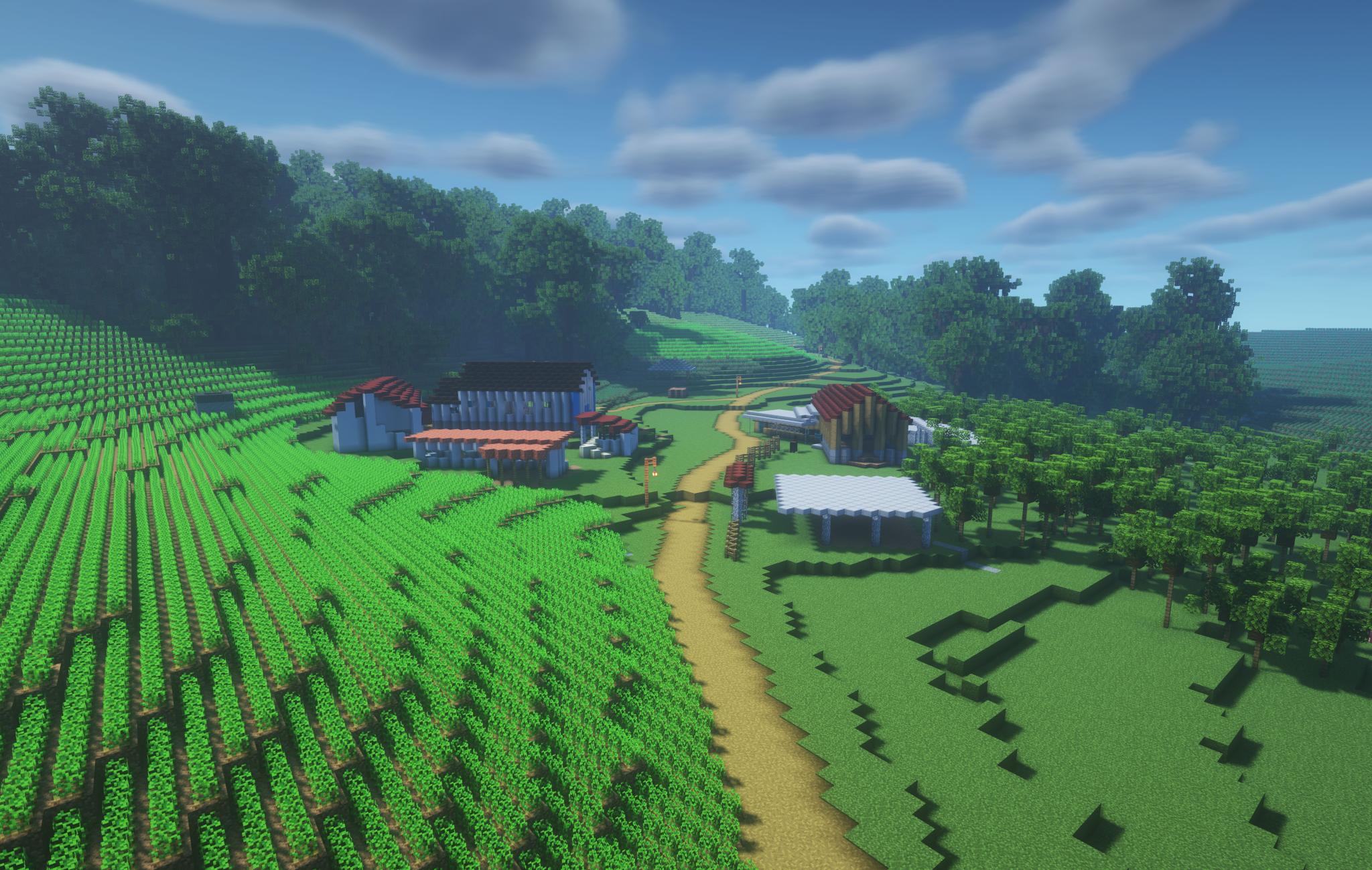The project 'The forgotten Holanda village: 1858-2022. A digital twin to bridge the shared heritage between Brazil and the Netherlands - 3D reconstruction, city gaming and virtual museum as tools for digital inclusivity and accessibility' lead by Dr. Bruno Andrade has finished and was concluded with a.o. a heritage atlas booklet, which is about to be published online. The project was concluded with an exhibition at a local museum, including presentations, expositions of images and videos of the project, as well as hands-on interactive workshops, with the presence of local authorities and Mr. Andreas Schilte, Honorary Consul of the Netherlands in Espírito Santo, Brazil.
The goal of the project was to raise awareness and give visibility to the shared heritage of Holanda (in Santa Leopoldina) and Garrafão (in Santa Maria de Jetibá), in Espírito Santo state, Brazil, which was settled by groups of Dutch migrants from Zeeland back in 1858. It is the least known shared heritage between Brazil and the Netherlands. Heritage under threat in fact: the abandonment and demolition of built heritage and the loss of the Zeeuws dialect were made explicit in the documentary “Brazilian Fever” and the publication “Op een dag zullen ze ons vinden” (One day they will find us) by Margje Eshuis and Ton Roos.
This is what the heritage atlas of Holanda revealed - both the shared tangible heritage at risk of destruction (e.g. degradation, decharacterization of listed and non-listed buildings), and a contrary, exceptional, movement of rebirth of shared Intangible heritage (e.g., dance - music and costumes). Our digitalization research Involved mixed-methods such as archival research, 2D/3D reconstructions, and gamification in order to identify, Interpret and communicate the cultural significance of Holanda. For instance, 3D models of the block-building game Minecraft were used to reconstruct Holanda and engage schoolkids in re-imagining the past and future of the place. These models will be made accessible through Minecraft Education Edition repository. This research process also revealed the state of conservation of the ensemble, and will, hopefully, serve as a basis for future projects on sustainable development (e.g. restoration, adaptive reuse, cultural tourism), and as educational resources for schools In Espirito Santo, Brazil and Zeeland, the Netherlands.

This was a joint collaboration between the Netherlands and Brazil. The leading team of the TUDelft - UNESCO chair on Heritage and Values: Heritage and the Reshaping of Urban Conservation for Sustainability consists of Assist. Prof. Dr. Bruno de Andrade (Project Leader) and Andy Groenenboom (Student Assistant), Mara de Groot (Advisor, Managing Director of the Centre for Global Heritage and Development), Assoc. Prof. Dr. Pedro Henrique Gonçalves and Nicolle Ruanni de Santa Farias (Student Assistant) (Laboratório do Ambiente, Federal University of Goiás, Brazil), Assoc. Prof. Antonio Carlos Queiroz Filho and Gabriela Leal Rios (Student Assistant) (Rasuras, Federal University of Espírito Santo, Brazil), Lorena Frassi and Vitor Toledo (Post-Graduate Program of Architecture and Urbanism, Federal University of Espírito Santo), Michel Caldeira (Public Archive of Espírito Santo APEES), Paula Nunes (Secreatry of Culture of Espírito Santo – Secult), Ana Motta (Museu do Colono, Santa Leopoldina, ES, Brazil) and Caroline van Santen (Zeeuws Museum). The project received funding by the Cultural Heritage Brazil fund from the Netherlands Embassy in Brazil and the Centre for Global Heritage and Development.
